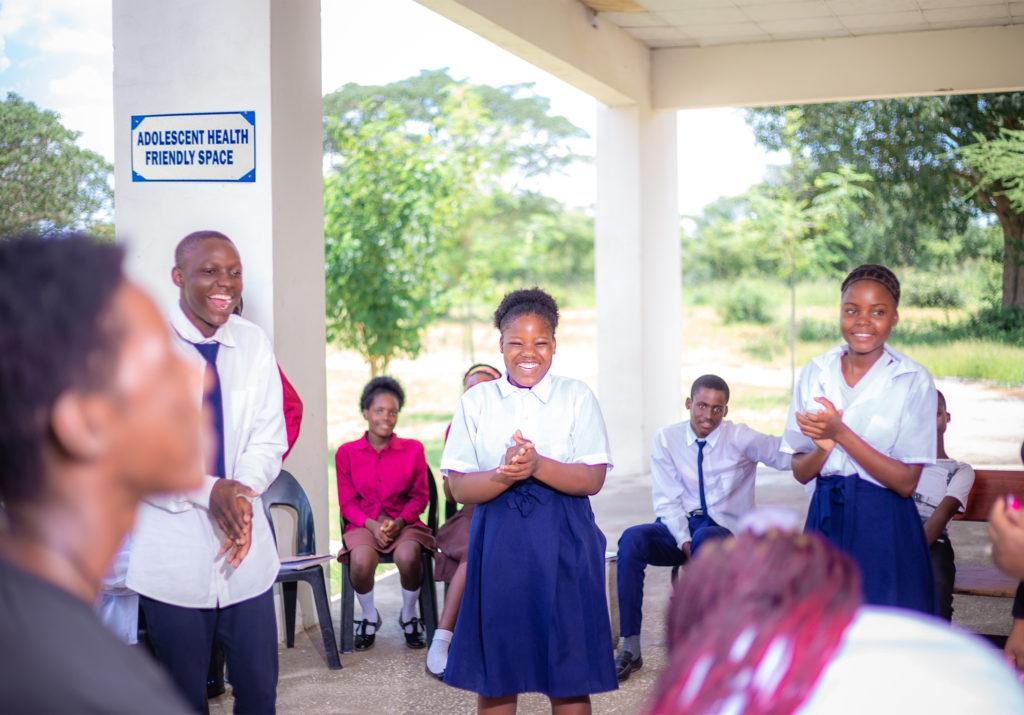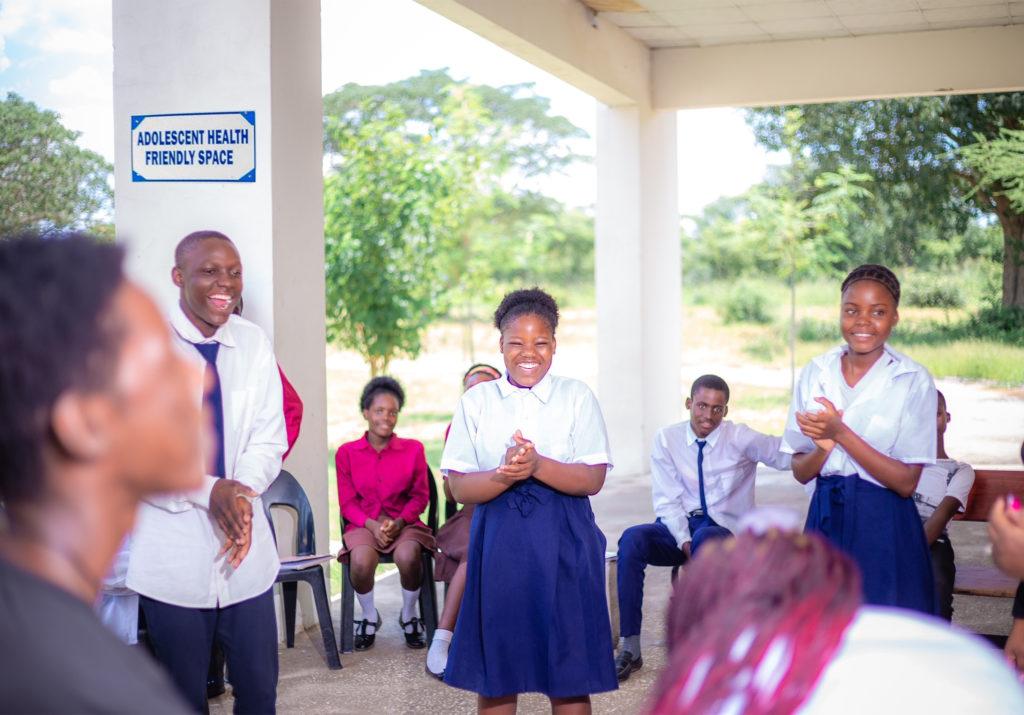
In Zambia, many adolescents experience poor sexual and reproductive health and rights (SRHR) outcomes, including unintended pregnancy, sexually transmitted infections (STIs) and HIV. Evidence indicates that 32% of adolescents aged 15–17 years and 60% of those aged 18–19 years are sexually active and only around 12% of female adolescents are using modern contraceptives. The teenage pregnancy rate declined slightly from 31.6% in 1992 to 29.2% in 2018 and is highest in the Southern province of Zambia (42.5%) followed by the Eastern province (39.5%). Teenage pregnancy and other poor health outcomes are higher among adolescents in rural (37%) compared to urban areas (19%). This is a threat to achieving universal health coverage (UHC) particularly for marginalized groups. To help address the multifaceted adolescent SRHR challenges in Zambia, the Ministry of Health (MoH) developed key policy documents, including the Adolescent Health Strategic Plan 2022–2026, which outline several interventions, including providing adolescent friendly services such as provision of contraceptives, and the National Peer Education and Health Care Workers Training Manuals.
The MoH implemented the People at the Centre (PeaCe) health programme in Eastern and Southern provinces of Zambia, with technical support from the Clinton Health Access Initiative and financial support from the Government of Sweden. The programme uses the WHO Integrated People-Centered Health Services (IPCHS) model to improve sexual, reproductive, maternal, newborn, child, adolescent health and nutrition. In 2022, the programme implemented several activities aimed at increasing uptake of SRHR services among adolescents:
i) Capacity building of peer educators: 1163 adolescents were trained as peer educators between January and December 2022. The training package includes abstinence among adolescents to prevent unintended pregnancies and STIs. For sexually active adolescents, the MoH set up adolescent-friendly spaces in designated health facilities as safe spaces to access SRHR services.
ii) Training 123 healthcare workers as trainers in peer education to recruit and train peer educators within their facilities – a low-cost measure to address the high attrition of trained peer educators that provide SRHR services to fellow adolescents.
iii) Adolescent-centred planning and dialogue meetings to involve adolescents in effective delivery of adolescent health (ADH) services were held in 17 districts, with adolescents, parents, community gate keepers. At least 1224 parents, community and religious leaders were reached. Additionally, 33 adolescent-friendly spaces were established, through procurement of items for the spaces.
iv) Promoting access to quality information and behaviour change communication at community and facility levels through outreach and facility-based engagement models, including adolescent-led social mobilization approaches, such as drama performances, reached a total of 13482 adolescents.
As a result of these interventions, several indicators show improvement in access to SRHR for adolescents.
The percentage of facilities with an adolescent friendly space increased from 37% in 2021 to 46% by the end of 2022. This is attributed to the purchase of assorted items to create the spaces, including television sets, lockable cabinets, tables, chairs, posters, models for demonstrating condom use, footballs, netballs, volleyballs, drums, and other items, including oral contraceptives.
The percentage of facilities with at least one healthcare worker trained in ADH increased from 39% in 2021 to 45% by the end of 2022; additionally, the percentage of facilities with at least two peer educators trained increased from 17% to 24%.
The percentage of adolescents aged 15 –19 years newly accepting family planning increased from 31% in 2021 to 40% in 2022. This is attributed to increased ADH spaces that allowed adolescents to freely interact with fellow adolescents who had been trained as peer educators and receive SRH services without judgement. Additionally, the dialogue meetings created an enabling environment for adolescents to freely access SRH services at health facilities.
Despite training peer educators in ADH, some of the marginalized adolescents in hard-to-reach communities may not have been reached due to challenges with transport at most facilities. To help address this challenge, the programme supported procurement of 630 bicycles for ADH services, however, this was still insufficient to meet the need. Additionally, ADH services were also integrated in other facility outreach activities where possible to maximize adolescents coming to access other services, such as family planning, antenatal care, and postnatal care.
Continuous engagement and orientation of health facility staff in ADH services through the leadership of District, Provincial and National ADH offices was important to address the frequent transition of staff who champion ADH services.
Consistent supply of family planning commodities in health facilities, preferably adolescent-friendly spaces, is key to reducing teenage pregnancies. Correspondingly, dialogue on negative effects of teenage pregnancies and uptake of family planning among sexually active adolescents is vital to address high teenage pregnancies rates. This can be achieved by having trained health staff and peer educators who can provide quality SRHR services. Using the IPCHS approach and ensuring community participation in provision of ADH services created community ownership. Provision of services free of charge to adolescents is key to achieving UHC, especially in rural provinces.
